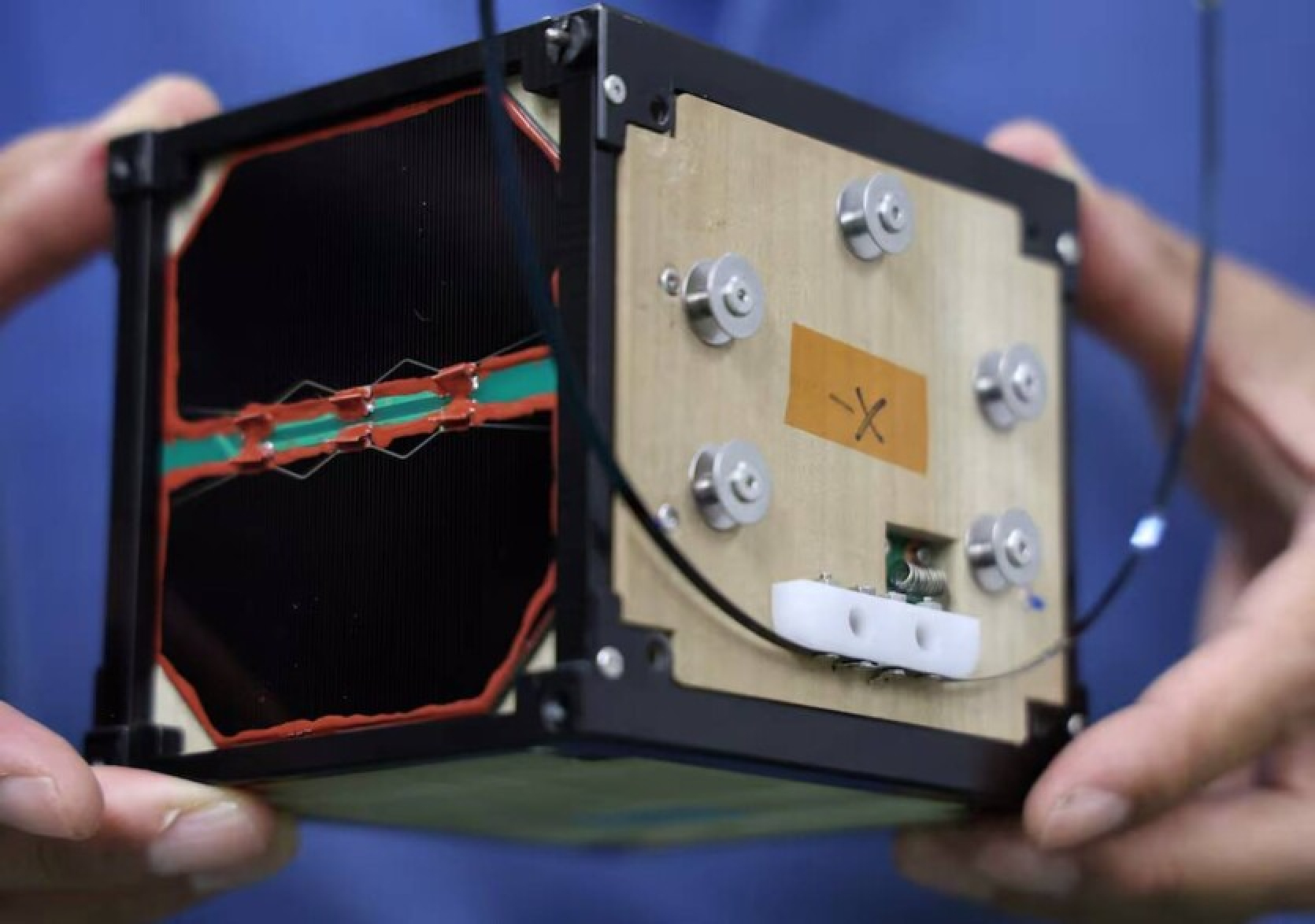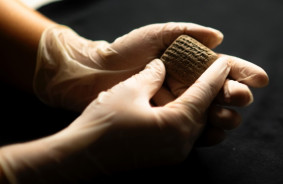Japanese scientists have launched the world’s first wooden satellite into space, marking the initial test of utilizing wood for lunar and Martian exploration.
The LignoSat satellite, developed by Kyoto University in collaboration with the construction company Sumitomo Forestry, will be sent to the International Space Station as part of a SpaceX mission, from where it will later be deployed into an orbit approximately 400 km above Earth.
“By using wood—a material that we can produce ourselves—we can build homes and live and work in space indefinitely,” stated Takao Doi, an astronaut, engineer, and veteran of two NASA Space Shuttle missions, who is investigating human space activities at Kyoto University.
With a 50-year plan for planting trees and constructing wooden homes on the Moon and Mars, Doi’s team decided to develop a NASA-certified wooden satellite to demonstrate the suitability of wood for space.
“In the early 1900s, airplanes were made of wood,” reminded Koji Murata, a professor of forestry at Kyoto University. “Thus, a wooden satellite should also be possible.” Murata added that in space, wood lasts longer than on Earth due to the absence of water or oxygen, which can cause rotting or burning.
Researchers assert that the wooden satellite also minimizes environmental impact after its operational lifespan ends. “Decommissioned” satellites need to re-enter the atmosphere to prevent becoming space debris. Traditional metallic satellites produce aluminum oxide particles upon atmospheric re-entry, while wooden ones simply burn up with less pollution, Doi explained.
“Metal satellites may be banned in the future,” said Doi. “If we prove that our first wooden satellite works, we want to propose this idea to Elon Musk's SpaceX.”
After a 10-month experiment on the ISS, researchers found that honoki— a type of magnolia native to Japan and traditionally used for sword sheaths— is best suited for spacecraft. LignoSat is made from honoki using a traditional Japanese technique that does not involve screws or glue.
Once deployed, LignoSat will orbit for six months. The electronic components onboard will measure how the wood withstands the extreme conditions of space, where temperatures fluctuate between -100 and +100 degrees Celsius every 45 minutes as it transitions from darkness to sunlight.
LignoSat will also assess wood’s ability to mitigate the impact of cosmic radiation on semiconductors, which could be useful for applications such as building data centers.
Source: Reuters














Comments (0)
There are no comments for now